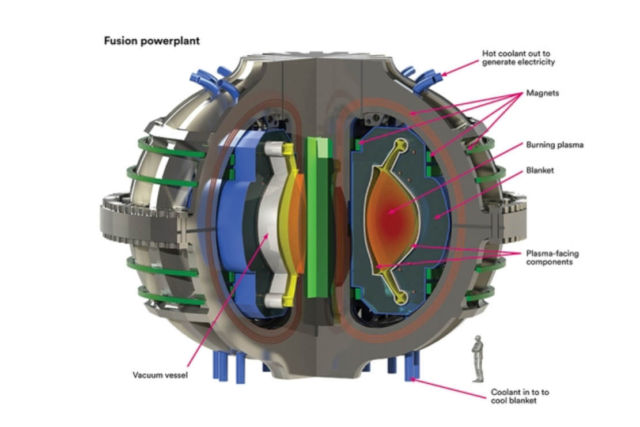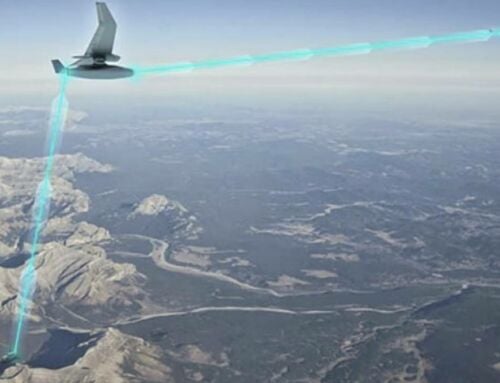Fusion energy community makes unified statement on priorities in report for Department of Energy Policy Advisory Group.
The growing sense of urgency around development of fusion technology for energy production in the United States got another boost this week with the release of a community consensus report by a diverse group of researchers from academia, government labs, and industry. High among its recommendations is development of a pilot fusion power plant, an ambitious goal that would be an important step toward an American fusion energy industry.
The report — the first of its kind in almost 20 years and the product of a novel 15-month collaboration process — identifies high-priority scientific needs that can help fill gaps in fusion knowledge and facilitate the drive to making fusion a practical energy source. It will be used by the U.S. Department of Energy’s Fusion Energy Sciences Advisory Committee (FESAC) as it undertakes a new phase of strategic planning for its Fusion Energy Sciences program, the primary U.S. source of fusion research funding.
If successfully harnessed, fusion would fundamentally change the world’s energy grid by offering safe, abundant, carbon-free electricity production.
Some 300 members of the fusion community hammered out their consensus during three major workshop meetings and hundreds of online working-group sessions, using an anonymous voting process that gave all participants the chance to express themselves freely. The top energy-related priorities include:
- development of a shared neutron source facility that can be used for development of critical materials and power plant designs;
- continued cultivation of burning plasma physics knowledge through ongoing participation in the international ITER program and expanded public-private collaboration in the United States; and
- Immediate pre-conceptual design of a new U.S. tokamak facility, which would begin operation by the end of the decade and support work on power extraction from exhaust heat and plasma sustainment.
Also identified were several “opportunities and research needs” that are broadly applicable across the fusion and plasma fields: use of advanced computing technologies for better understanding and modeling; development of improved plasma diagnostics; enhanced support for public-private partnerships; and embracing diversity, equity, and inclusion, along with development of a more multidisciplinary workforce.
“This is first time in a generation when the fusion community has been called upon to self-organize and figure out its highest priorities for getting from fusion science to fusion energy,” says Bob Mumgaard, chief executive of MIT spinout Commonwealth Fusion Systems (CFS), one of a growing number of private companies pursuing fusion. “How we can get ready, with data, experience, test facilities — the things that are needed to support the science, and eventually an industry.
Image credit Alex Creely/Plasma Science and Fusion Center-Commonwealth Fusion Systems
source Massachusetts Institute of Technology






Leave A Comment